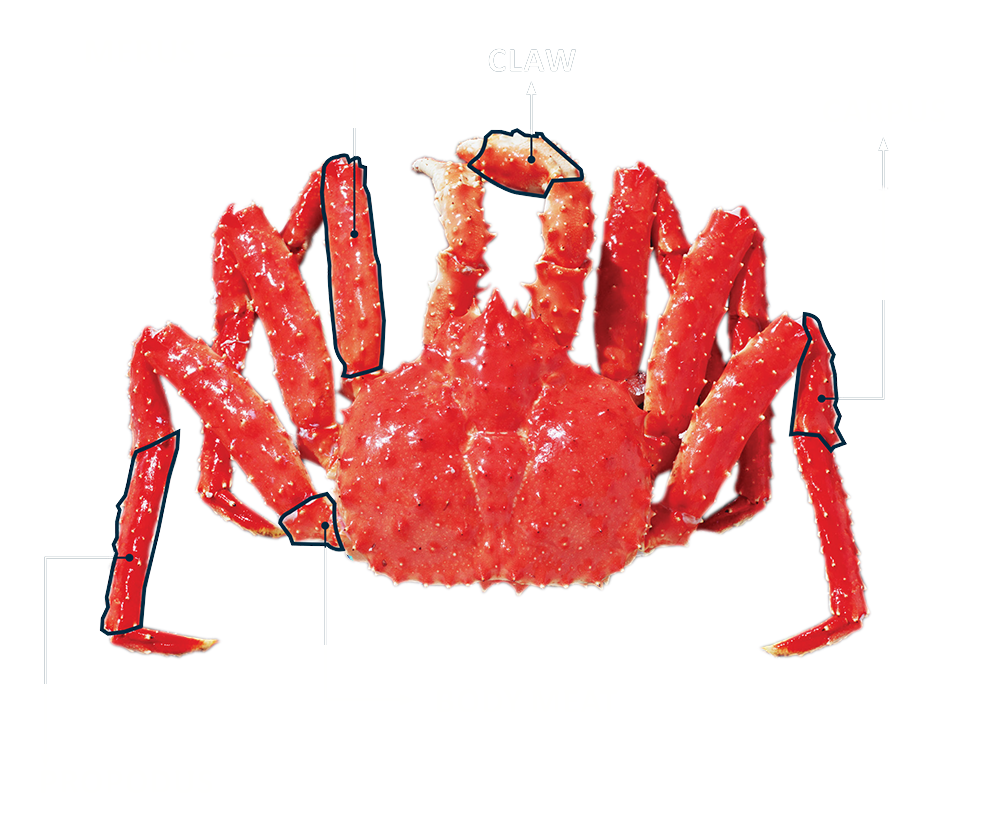Dening Foods BVBA
Your reliable partner in Europe for king and snow crab products!

Heiveldekens 9 Unit K,
2550 Kontich, Belgium
+32 (3) 325 15 69
info@deningfoods.com
FAQ
There are 3 species:
Paralithodes camtschaticus - Red King Carb
Paralithodes platypus - Blue King Carb
Lithodes aequispinus - Golden King Carb
These 3 species are very similar by their taste and texture. The main difference is in
their sweetness and this difference is very subtle.
Lithodes Santolla is a very distant relative of the King Crab. These species are found in the warm waters in the south of the Pacific Ocean. It is also commercialized as "King Crab" because if its external similarity with the King King Crab from the Bering Sea or the Barents Sea. But the taste and texture is still very different, hence is also the pricing.
Our King Crab is caught is the cold waters of the Sea of Okhotsk, the Bering Sea (Northern Pacific Ocean) or in the Barents Sea (Arctic Ocean). In the Far East, along
the Kamchatka coast, the two catching seasons of the King Crab are in spring and autumn. However, the only catching season in the Barents Sea is in autumn.
We can distinguish body meat (shoulder), merus (upper leg), carpus (knee), propodus (lower leg) and claw.

The split leg is a leg cut in 2 parts lengthwise to make it easier to remove the shell. The single leg is intact.
All our products are cooked an board and glazed. Glazing protects the crab meat from dehydration and preserves its taste and texture. Thanks to the glazing we can guarantee at least 2 years of shelf life. Our IQF products are 15-20% glazed while our BQF products are 10% glazed and clusters are 3-5% glazed.
The only difference is in salt content. Air blast products are less salty.